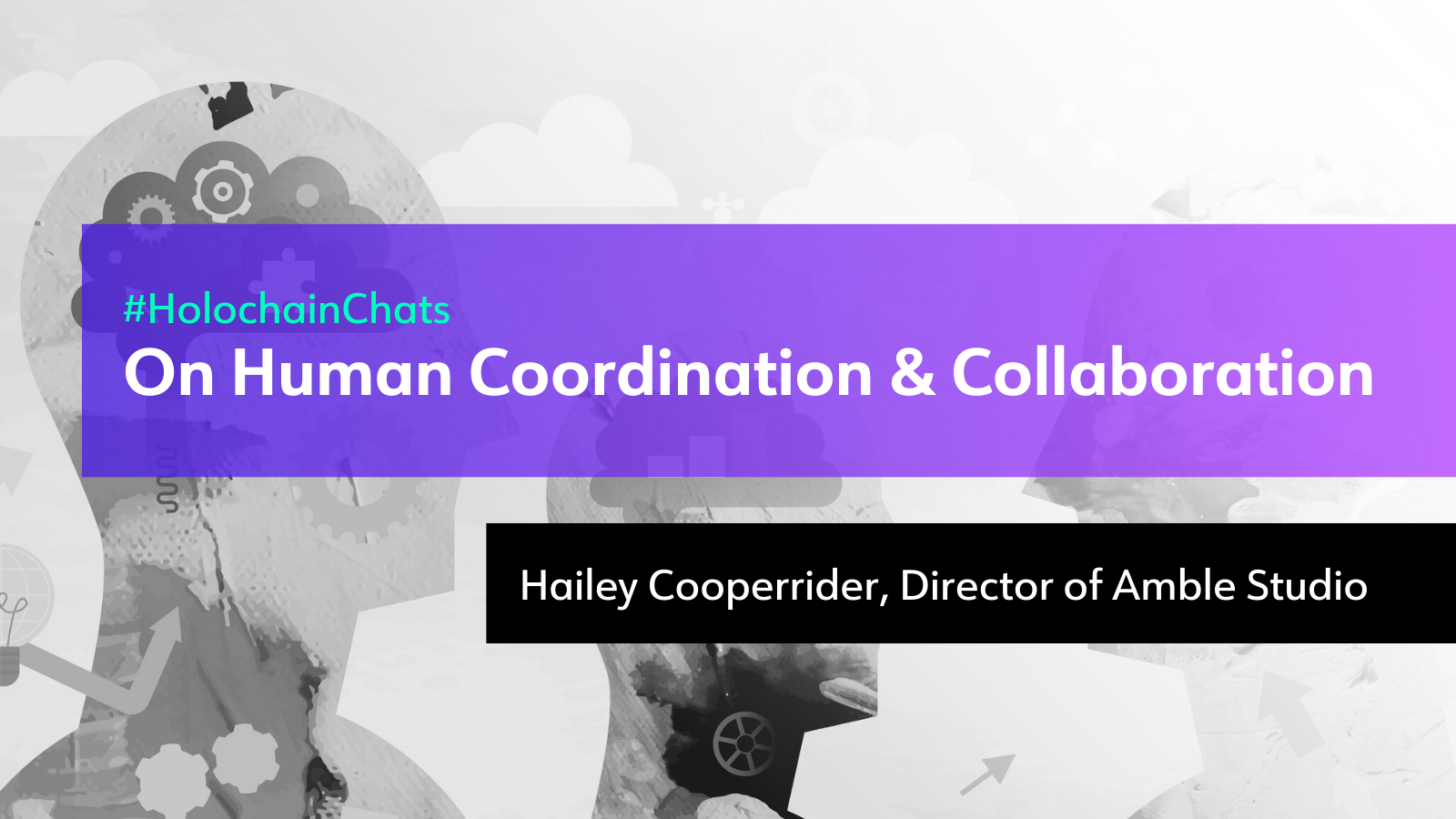For generations, teams have collaborated in physical rooms using materials like whiteboards, sticky notes, and printed documents laid out on tables. While collaboration can be one of those “suitcase words” that is full of different meanings depending on the person you ask, it’s an enduring part of most of our work lives.
Dedicated spaces enabled the kinds of fluid interaction and embodied cognition which, in turn, drives complex projects forward.
With today's increasingly distributed digital work environments and work from home setups, can elements of dynamic in-person teamwork successfully be recreated online?
As video meetings and productivity suites become default remote work tools, teams strive to recreate collaborative dynamics digitally. However, experts argue purely digital collaboration has inherent limits.
This article explores: lessons from physical group flow, key aspects to replicate collaboration digitally, remaining gaps, and the potential of immersive and distributed platforms still on the horizon, like Holochain.
The Magic of Physical Spaces
For Hailey Cooperrider, game designer and co-founder of collaborative consultancy Amble, physical spaces enable a “magic” that digital platforms struggle to recreate.
She argues spatial dynamics like rooms allow more holistic group participation than 2D screens, stating, “I think being in a space with the whiteboard and having room to collaborate together isn’t just for the creative piece. It’s about dealing with complexity.”
Cooperrider also discusses how “literally, we think, with movement, with our hands, and with other parts of our bodies. And that cognition happens throughout the body.”
While this radiating, embodied cognition isn’t limited virtually, it certainly thrives in environments where teams can gather together physically.
When complex creativity and collaboration is required (such as in large groups), in-person spaces currently provide a fluidity that digital tools have difficulty replicating. Large meetings require quick back-and-forth communication among a large number of people — which is more time-consuming on the computer.
Bridging Physical & Digital Workflows
When considering how to translate collaborative dynamics online, Cooperrider discusses the importance of preserving certain familiar artifacts digitally. For example, she notes that her team relies heavily on Trello's digital task boards to mimic physical sticky notes for project management.
“We love it, because it just smooths out what would normally be sticky notes, and allows us to bring our own meaning to the lists and the columns," she explains. Rather than prescribe complex new workflows, Trello provides flexibility for groups to organize work their own way.
Cooperrider also discusses how engineers often focus on operational challenges like reducing friction in workflows. However, she argues digital tools actually work best when preserving existing collaborative platforms and workflows that teams are already familiar with.
For example, the Google Suite took traditional formats for documents, slides, and spreadsheets, and made them editable in real-time by multiple users online. Rather than adding complicated features to these tools, it kept them simple — and added the utility of collaboration.
Cooperrider concludes that "the most revolutionary, powerful, and most popular collaboration tool, it’s the Google Suite.”
While new technologies open new possibilities, they must also integrate the traditional techniques teams have relied on for years, in order to maximize adoption and usage. The future likely involves blending physical “magic” with virtual capabilities.
People-First Tools in a Hybrid Future
While digital collaboration tools have delivered immense progress, the next horizons explore decentralized and distributed models giving users more control, as with Holochain. Rather than enforce rigid conformity, the ideal future blends customizable peer-to-peer frameworks with thoughtfully designed physical spaces.
Tools must smooth, not obstruct, the rituals sustaining teams. And digital interactive spaces should spark the embodied cognition inherent to human collaboration. As remote and hybrid work expand, integrating the digital connectivity teams need with the in-person magic they crave is essential.
The frontier of collaboration technology puts people before platforms, deepening what is uniquely precious about gathering in rooms with resonant virtual capabilities. In the end, innovation emerges from groups in flow — whether particles across cables or shoulder-to-shoulder around whiteboards



